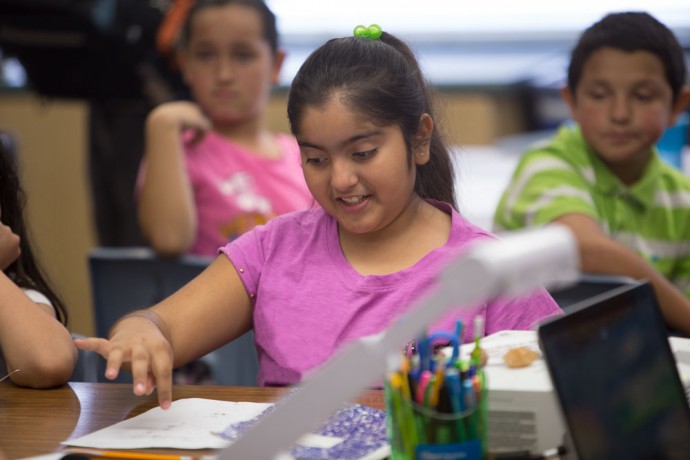Consider the following words:
El estacionamiento
La farmacia
La ferreterÃa
For those of you who know what these words represent, a mental image may have already popped into your head. Maybe your image included a painted sign or perhaps you imagined one with neon letters to attract attention from a distance. Maybe you imagined the location of the structure that housed these places of business.
If you don’t recognize these Spanish words, be careful trying to use cognates this time. Nope, none of these words have anything to do with a station (train or bus), a farm, or a place to buy a ferret. However, if you were to see images of what these words represent, you might begin to draw connections to their meaning.
One effective learning strategy for building academic vocabulary for those learning a second language is to connect new words to concepts that already have meaning for the students, that is, to build conceptual knowledge. Just like facial expressions, images have the capacity to represent ideas that, in many cases, transcend language and culture. Images help our brain remember concepts by providing concrete representations of abstract ideas represented in words. Images become especially helpful for many students whose alphabet symbols and language are structured differently than in English or Spanish.
The lessons in Making Meaning and Being a Writer include a helpful feature whenever a new read-aloud text is introduced to the students. Along with identifying vocabulary words that will be important for students to know in order to make meaning of the text, the writers also identify words and concepts considered common to our national cultural experience. The intention of this English Language Learner (ELL) support is to allow the students to encounter these words and concepts ahead of the whole-group experience and to establish meaning for these words by connecting this new vocabulary to their own knowledge and experience.

To add another level of support for ELLs particularly new to the language, we can use images to deepen their connection to the words in the texts we introduce in our programs. For example, in the Grade 3 Being a Writer text, I Wonder Why The Sea is Salty, the word “enormous” is suggested as a word to define ahead for ELLs. To create meaning for the word “enormous,” a few photos comparing objects that show extremes in size would help students connect to an idea they already know. You may hear the words “gigante” or “enorme” as the Spanish speakers in your class realize the concept the images are portraying.
Now imagine a parking garage, a drug store or pharmacy, and a hardware store-in that order. You may have just learned three new words in Spanish.
